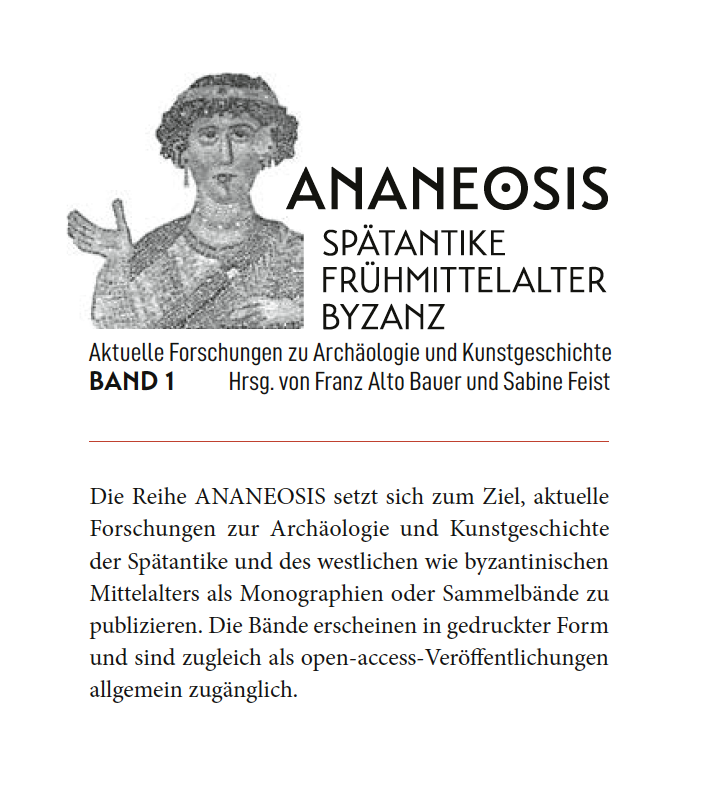"Im Heiligtum von Olympia befand sich das wohl berühmteste Götterbild der Antike, die von Phidias gefertigte goldelfenbeinerne Kolossalstatue des Zeus. Dieses Werk soll, wie eine byzantinische Quelle behauptet, in der Spätantike nach Konstantinopel verfrachtet worden sein, um im dortigen Anwesen des reichen Kämmerers Lausos bestaunt zu werden. Obwohl in der bisherigen Forschung kaum Zweifel an Demontage, Überführung und Neuaufstellung des Zeusbilds bestehen, stellen sich aus verschiedenen Gründen Fragen zur Wahrscheinlichkeit eines solchen Szenarios: Hatte sich die goldelfenbeinerne Statue bis zu diesem Zeitpunkt in ihrem Tempel erhalten? War man in der Lage, ein derart fragiles Bildwerk zu demontieren und über eine weite Strecke zu transportieren? Hatte man überhaupt das Recht dazu? Vor allem aber: Wie vertrauenswürdig ist die schriftliche Überlieferung, die uns von der Überführung berichtet? Ziel dieser Untersuchung ist es, diesen Fragen nachzugehen und deren Beantwortung in einen größeren Kontext zu stellen, in dem die Bedeutung des Bildhauers Phidias in der ausgehenden Antike beleuchtet wird."
--------------------------------
"In the sanctuary of Olympia was probably the most famous image of the gods in antiquity, the golden ivory colossal statue of Zeus made by Phidias. According to a Byzantine source, this work was transported to Constantinople in late antiquity to be marvelled at in the estate of the wealthy chamberlain Lausos. Although there is little doubt in previous research that the image of Zeus was dismantled, transported and reinstalled, there are various reasons to question the likelihood of such a scenario: had the golden ivory statue survived in its temple up to this point? Was it possible to dismantle such a fragile sculpture and transport it over a long distance? Did they even have the right to do so? But above all: how trustworthy is the written tradition that tells us about the transfer? The aim of this study is to investigate these questions and to place their answers in a wider context in which the significance of the sculptor Phidias in late antiquity is illuminated."
Sabine Feist and Franz Alto Bauer are publishing the new series ‘ANANEOSIS. Late Antiquity - Early Middle Ages - Byzantium. Current research on archaeology and art history.’ published.
The first volume in this series, ‘Phidias in Constantinople? Real and virtual presence of an artist and his artwork.’ by Franz Alto Bauer has just been published!
You can download the flyer here!
